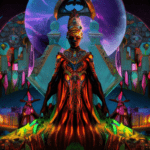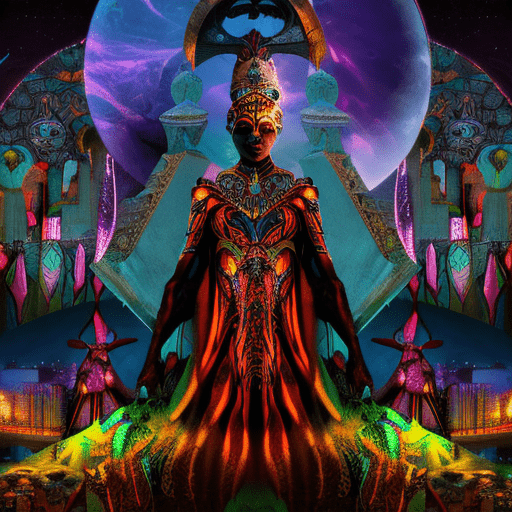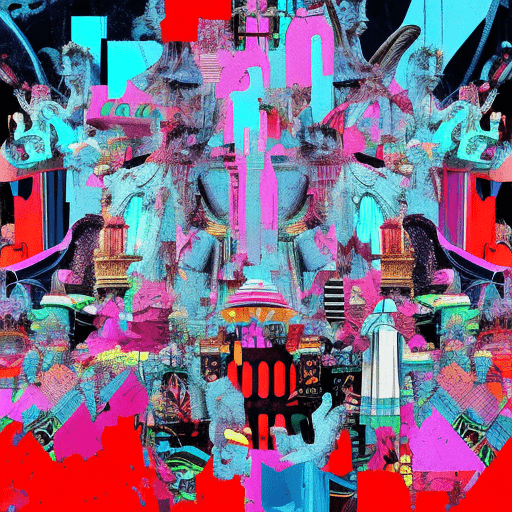One-line summary:
The Moor’s Last Sigh is a captivating novel that explores the complex history and cultural diversity of India through the life of its protagonist, Moraes “Moor” Zogoiby.
The Life of Moraes “Moor” Zogoiby
The Moor’s Last Sigh takes readers on a journey through the tumultuous life of Moraes “Moor” Zogoiby, a man born with a unique condition that causes him to age twice as fast as normal. Moor recounts his story from a prison cell in Spain, reflecting on his family’s history and his own experiences growing up in India.
Moor’s ancestry is a blend of Indian and Portuguese roots, and his family history is intertwined with the rich tapestry of Indian culture. The novel delves into the complexities of identity, exploring themes of heritage, religion, and the clash between tradition and modernity.
As Moor narrates his life, readers are introduced to a colorful cast of characters, including his eccentric mother, Aurora, who is obsessed with preserving the family’s legacy, and his enigmatic grandmother, Da Silva, who possesses mystical powers. Moor’s relationships with these women shape his understanding of love, loyalty, and betrayal.
India’s Cultural Diversity
Salman Rushdie skillfully weaves together the diverse cultural elements of India throughout the novel. From the bustling streets of Bombay to the picturesque landscapes of Kerala, readers are immersed in the vibrant and multifaceted world of Indian society.
Rushdie explores the tensions between different religious and ethnic groups, highlighting the complex history of India’s struggles with colonization, independence, and communal violence. Through Moor’s experiences, the novel examines the clash between traditional Indian values and the influence of Western culture.
Art, Politics, and History
Art, politics, and history are recurring themes in The Moor’s Last Sigh. Moor’s passion for painting becomes a means of self-expression and a way to navigate the complexities of his life. Art serves as a metaphor for the power of creativity and the ability to transcend boundaries.
The novel also delves into the political landscape of India, touching on topics such as corruption, censorship, and the rise of religious fundamentalism. Rushdie skillfully intertwines historical events, such as the partition of India and the Emergency period, into the narrative, providing a broader context for Moor’s personal journey.
Key Takeaways:
- The Moor’s Last Sigh explores the complexities of identity and the influence of cultural heritage.
- The novel delves into the rich history and diverse cultural landscape of India.
- Rushdie skillfully weaves together themes of art, politics, and history to create a compelling narrative.
“But I am not a painter. I am a painted man.”
In conclusion, The Moor’s Last Sigh is a captivating and thought-provoking novel that delves into the complexities of identity, cultural diversity, and the power of art. Through the life of its protagonist, Moraes “Moor” Zogoiby, Salman Rushdie takes readers on a journey through the rich tapestry of Indian history and society. The novel serves as a reminder of the importance of embracing one’s heritage while navigating the challenges of a rapidly changing world.












